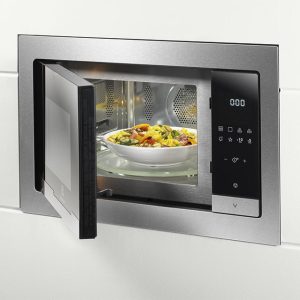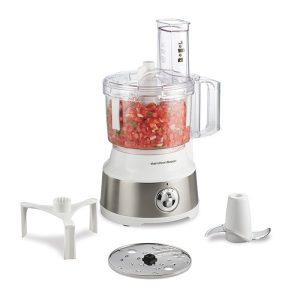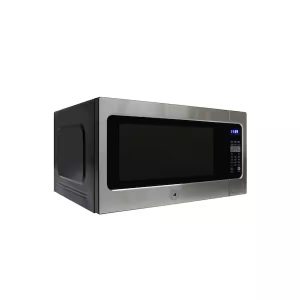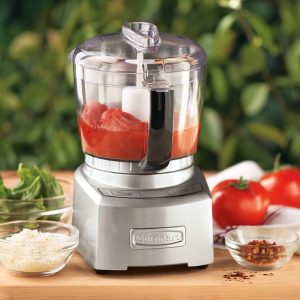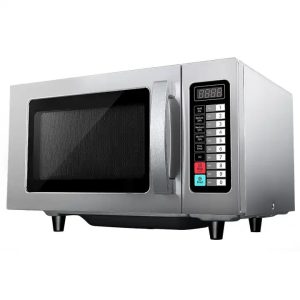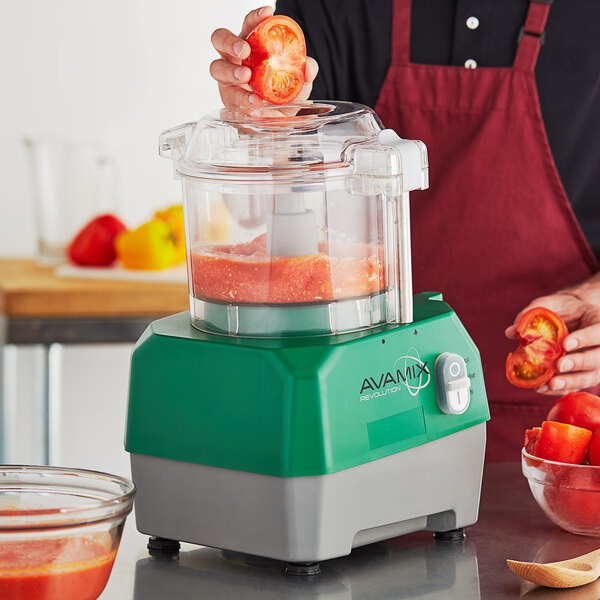
Introduction to Food Processor Capabilities
Can i make a smoothie in a food processor? Food processors are versatile kitchen tools, capable of handling a wide range of culinary tasks. Unlike blenders that are designed primarily for liquid-based recipes, food processors can chop, slice, shred, and even knead dough. This makes them suitable for preparing not just smoothies but also other food items like chopped vegetables, dough, and sauces.
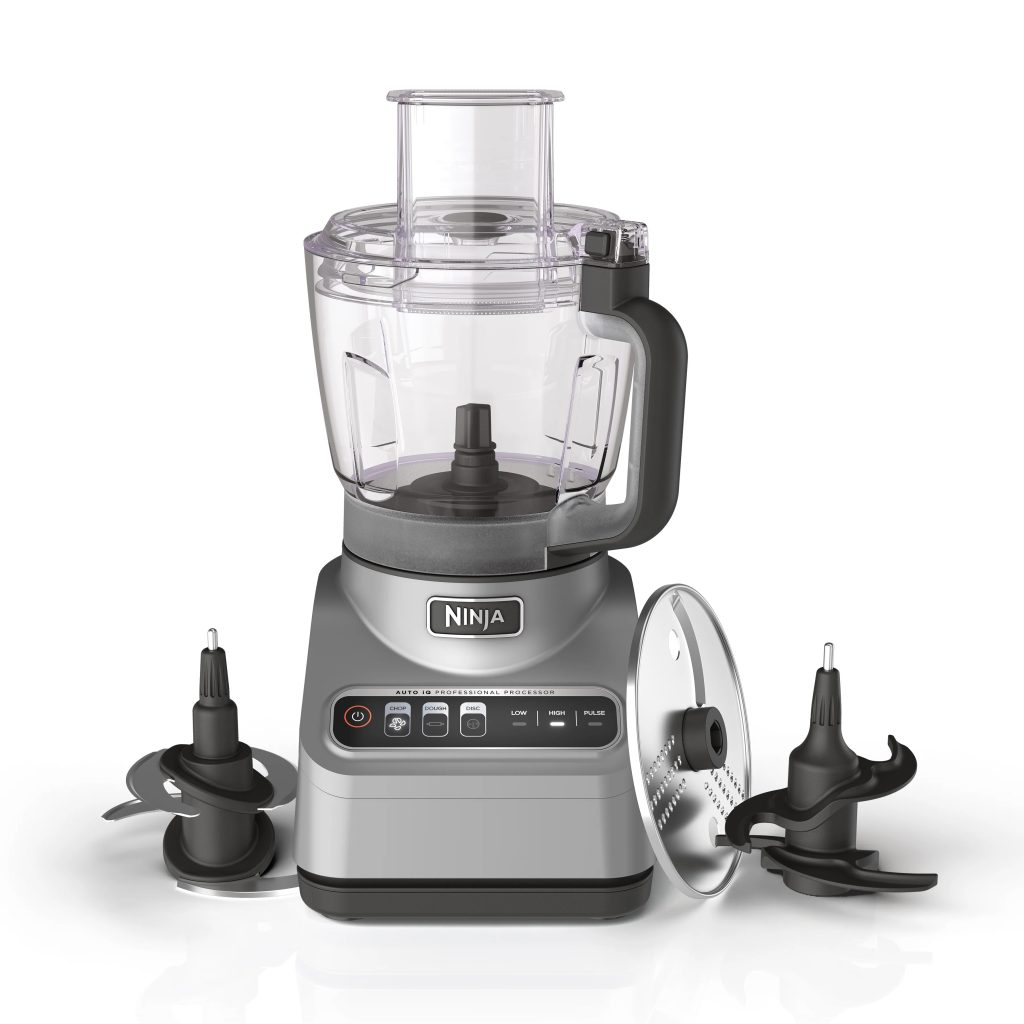
Choosing the Right Ingredients for Food Processor Smoothies
Can i make a smoothie in a food processor? When making smoothies in a food processor, selecting the right ingredients is crucial. The texture and consistency of your smoothie depend heavily on the chosen fruits and vegetables. Soft fruits like bananas, avocados, and berries work best because they blend easily. Tougher fruits might not break down completely, leading to a chunky texture.
Soft Fruits and Vegetables
For the best results, use ripe, soft-textured fruits and vegetables. Soft fruits include bananas, mangoes, peaches, and papayas. Berries such as strawberries, raspberries, and blueberries are also excellent choices. For vegetables, consider spinach, kale, and avocado. These ingredients blend well and contribute to a creamy texture.
Liquid Ratios and Ice Cubes
The amount of liquid you add affects the smoothness of the final product. Generally, use three parts liquid to two parts fruits or vegetables. Good liquid options include water, milk, or plant-based alternatives like almond milk. Add a few ice cubes for a chilled effect. Start with less liquid and add more as needed to achieve the desired consistency. Adjust the liquid to ensure your smoothie is neither too thick nor too watery.
Essential Steps for Smoothie Preparation in a Food Processor
Blending Techniques
To make a smoothie with a food processor, start by adding harder ingredients. These include nuts and frozen fruits. They need more processing time. Next, add leafy greens like spinach or kale. Their fibrous texture requires thorough blending to smooth out. Remember, a food processor’s blades are less fine than a blender’s, so process longer.
Add soft fruits last. Think bananas or avocados. Their creamy texture will help to unify the smoothie’s consistency. Use the pulse function first. This helps break down the bigger chunks. Then switch to continuous blending until you achieve a smooth mixture.
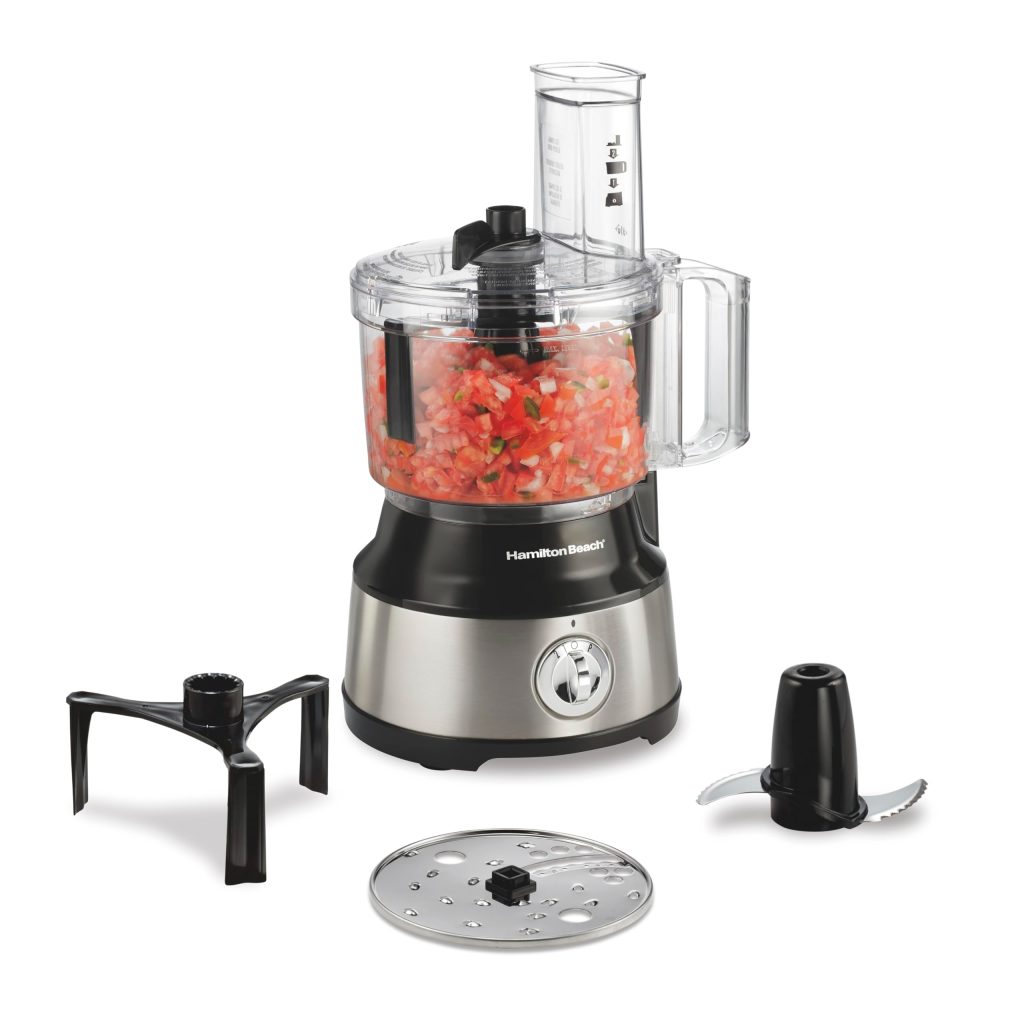
Adding Liquids Gradually
When making food processor smoothies, how you add liquids is vital. Start with a small amount of liquid to aid the initial blending. Good options include water, milk, or juice. Avoid pouring all the liquid in at once. This might prevent ingredients from blending well.
As the mixture starts to blend, slowly add more liquid. Use the top funnel of the food processor. This approach helps control the texture. Keep adding liquid until the smoothie reaches your preferred consistency. This method ensures everything mixes evenly, reducing the risk of lumps.
Going Beyond Basic Smoothies: Advanced Recipes
Once you’re comfortable making basic smoothies in your food processor, it’s time to explore more advanced recipes. These recipes require a mix of precise technique and the right ingredients to create unique and flavorful blends. Here are some ideas to elevate your smoothie game.
Experiment with Superfoods
Add superfoods like chia seeds, flaxseeds, or spirulina for a nutrient boost. These ingredients not only enhance the health benefits but also give a richer texture to your smoothies.
Make it Creamy Without Dairy
For a creamy texture without dairy, use avocados or soaked cashews. They give smoothies a silky smooth consistency without milk or yogurt. Ideal for those who prefer plant-based or lactose-free alternatives.
Try Vegetable-Based Smoothies
Don’t shy away from using vegetables. Cucumbers, carrots, and beets blend well and add a fresh twist to traditional fruit smoothies. They’re packed with vitamins and give a vibrant color to your drink.
Add Herbs and Spices
Incorporate fresh herbs like mint or basil, or spices like cinnamon or ginger. These add a burst of flavor and can complement the fruits and vegetables you’re using.
Indulge in Dessert Smoothies
Treat yourself with a dessert smoothie. Blend in cocoa powder, vanilla extract, or a scoop of peanut butter. These ingredients transform your smoothie into a delicious, guilt-free dessert.
Remember to apply the essential blending techniques and liquid ratio tips from the previous sections. Balance is key to achieving the best texture and flavor in your smoothies. And always, adjust ingredients based on your personal taste preferences. With these advanced recipes, your food processor will prove to be an invaluable tool in your healthy, creative culinary endeavors.
Tips for Achieving the Best Texture
To get the best texture in your food processor smoothies, follow these tips:
Start with Frozen Fruits
- Use frozen fruits as a base for a thick, frosty texture.
- This also reduces the need for adding ice, preventing dilution.
Balance Liquids and Solids
- Begin with a lower amount of liquid to avoid over-thinning.
- Gradually add more liquid until the desired consistency is achieved.
Pulse Before Blending
- Use the pulse function to chop big pieces before full blending.
- This helps create a smoother texture overall.
Layer Ingredients Smartly
- Place harder, heavier items at the bottom, near the blades.
- Soft fruits and liquids should go on top for easier blending.
Use High-Fiber Ingredients
- Ingredients like oats can thicken the smoothie and add texture.
- They also contribute to a more satisfying drink.
Consider a Cream Base
- Add avocados or yogurt for a creamier, silkier smoothie texture.
- These ingredients blend well and enhance mouthfeel.
Blend Longer Than Usual
- Don’t rush the blending process; give it extra time to smooth out.
- A thorough blend ensures all elements are fully integrated.
By perfecting these techniques, you’ll create smoothies with the best texture possible, all while using your versatile and powerful food processor.
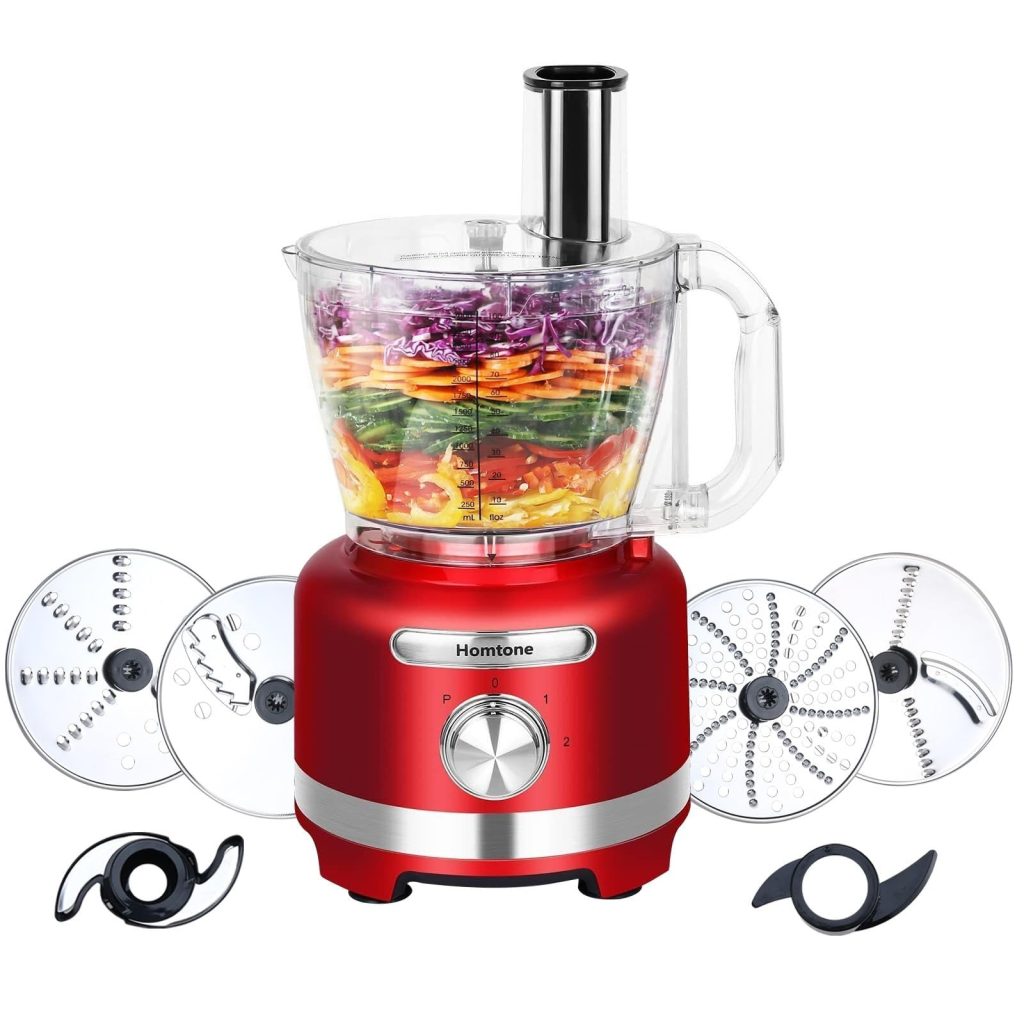
Cleaning and Maintaining Your Food Processor
To keep your food processor in top shape, regular cleaning and maintenance are key. After making smoothies, or any other food, it’s important to properly clean and handle your appliance. Here’s how to do it:
Disassemble and Rinse
Turn off and unplug the food processor. Carefully disassemble the parts. Rinse off any food residue with warm water.
Wash Removable Parts
Most food processor parts are dishwasher safe. Check your manual to be sure. If hand washing, use warm soapy water. Clean thoroughly and rinse.
Clean the Motor Base
Use a damp cloth to wipe the motor base. Never immerse it in water. This could cause damage.
Dry and Reassemble
Make sure all parts are dry before putting them back together. This prevents mold and odors.
Alternatives: Using a Blender for Smoothies
While food processors are versatile, blenders are the classic choice for smoothies. Their design is tailored for liquid recipes, creating smooth, homogenous drinks with ease. Let’s look at why blenders might be the better option for some smoothie enthusiasts.
Why Choose a Blender?
A blender’s tall jug and unique blade shape create a vortex that blends ingredients smoothly. Blenders often have multiple settings to vary texture and consistency. For quick, effortless smoothie-making, a high-powered blender is a perfect tool. Its straightforward process allows for adding all ingredients at once and blending to perfection.
Blenders vs. Food Processors
Blenders are optimized for liquids, giving them an edge for smooth drinks. Food processors can make smoothies but might need extra steps to reach a similar texture. When it comes to blending ice and frozen fruits, blenders’ strong blades break them down more efficiently, avoiding chunks in your drink.
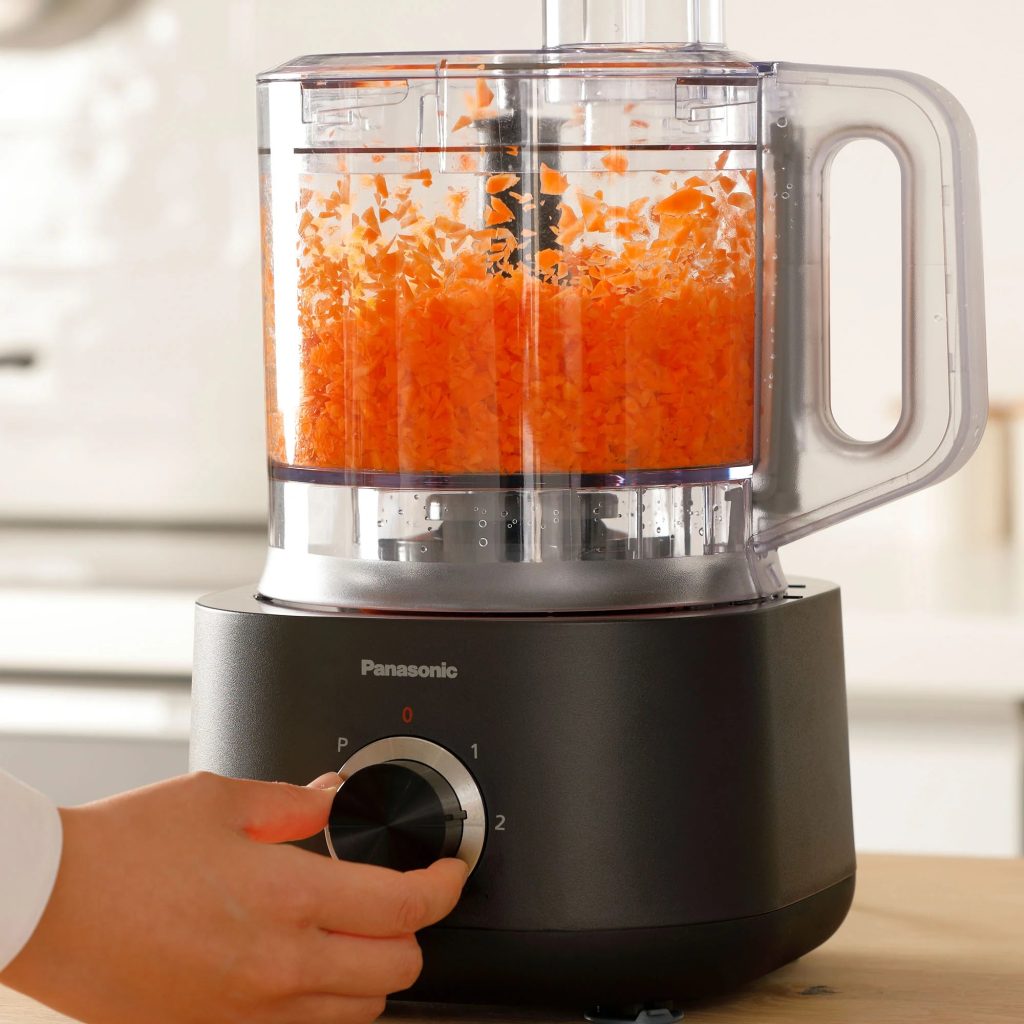
In summary
While food processors can do the job, using a blender for smoothies might give you a smoother consistency, quicker results, and an overall easier experience. However, if you don’t have a blender, don’t worry—your food processor can still create delicious smoothies with a little adjustment.
